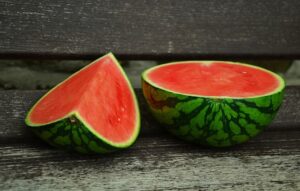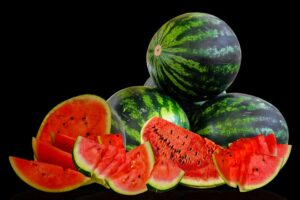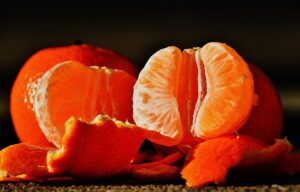Introduction
Fusion proteins are hybrid molecules formed by combining two or more different proteins. These chimeric proteins have diverse applications in various fields, including medicine, biotechnology, and research. Understanding how fusion proteins are formed is crucial for harnessing their potential in different areas. In this article, we will delve into the process of creating fusion proteins and explore the methods used to achieve this.
Recombinant DNA Technology
The formation of fusion proteins primarily relies on recombinant DNA technology. This powerful technique allows scientists to manipulate and combine DNA sequences from different sources to create novel genetic constructs. Recombinant DNA technology involves several key steps:
1. Isolation of target genes: The first step in creating a fusion protein is to isolate the DNA sequences encoding the proteins of interest. These target genes can be obtained from various sources, such as genomic DNA, complementary DNA (cDNA), or synthesized DNA.
2. Gene fusion: Once the target genes are obtained, they can be fused together using different methods. One common approach is to use DNA ligases, enzymes that can join DNA fragments with complementary ends. Another method involves overlapping polymerase chain reaction (PCR), where primers are designed to amplify the target genes with overlapping regions, allowing them to be fused during the PCR process.
Expression Systems
After the fusion gene is created, it needs to be introduced into an expression system to produce the fusion protein. An expression system can be a living organism, such as bacteria, yeast, or mammalian cells, or an in vitro system like cell-free protein synthesis. The choice of expression system depends on factors such as protein complexity, post-translational modifications required, and downstream applications.
1. Bacterial expression systems: Bacteria, such as Escherichia coli (E. coli), are commonly used for producing fusion proteins due to their ease of cultivation and rapid growth. The fusion gene is inserted into a plasmid vector, which is then introduced into the bacterial host. The bacteria can then be induced to express the fusion protein, which can be purified for further use.
2. Yeast expression systems: Yeasts, such as Saccharomyces cerevisiae, offer advantages over bacteria as they can perform post-translational modifications similar to higher eukaryotes. Yeast expression systems are particularly useful for producing complex fusion proteins that require proper folding and modifications.
3. Mammalian expression systems: Mammalian cells, such as Chinese hamster ovary (CHO) cells or human embryonic kidney (HEK) cells, are often used for producing fusion proteins that require human-like post-translational modifications. Mammalian expression systems can produce properly folded and functional fusion proteins, making them suitable for therapeutic applications.
Purification and Characterization
Once the fusion protein is expressed, it needs to be purified and characterized to ensure its quality and functionality. Different purification techniques can be employed, including affinity chromatography, ion exchange chromatography, size exclusion chromatography, and more. These techniques exploit the unique properties of the fusion protein, such as its affinity for specific ligands or its size, to separate it from other cellular components.
After purification, the fusion protein can be characterized using various methods, such as SDS-PAGE (sodium dodecyl sulfate polyacrylamide gel electrophoresis) to determine its molecular weight, Western blotting to confirm its presence, and functional assays to assess its activity or binding capabilities.
Conclusion
In summary, fusion proteins are formed through the combination of different protein-encoding genes using recombinant DNA technology. The resulting fusion gene is then expressed in an appropriate expression system, such as bacteria, yeast, or mammalian cells. After expression, the fusion protein is purified and characterized to ensure its quality and functionality. The ability to create fusion proteins opens up a wide range of possibilities for scientific research, biotechnological applications, and therapeutic development.
References
1. Alberts, B., Johnson, A., Lewis, J., Raff, M., Roberts, K., & Walter, P. (2002). Molecular Biology of the Cell. Garland Science.
2. Sambrook, J., & Russell, D. W. (2001). Molecular Cloning: A Laboratory Manual. Cold Spring Harbor Laboratory Press.
3. Studier, F. W. (2005). Protein production by auto-induction in high-density shaking cultures. Protein Expression and Purification, 41(1), 207-234.













